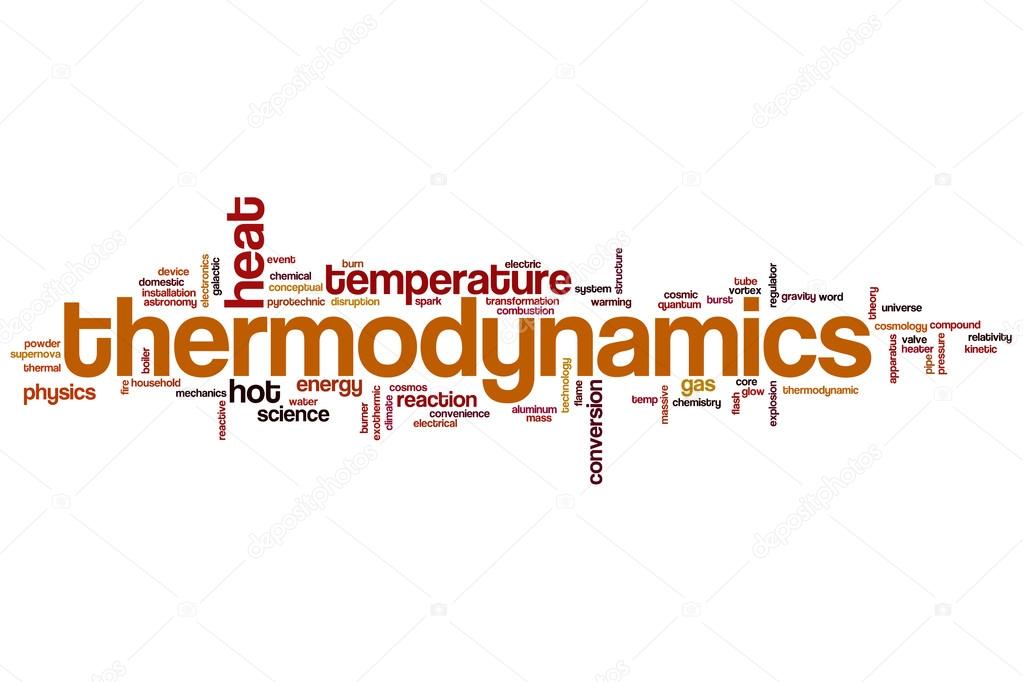The Three C's in Mechanical Engineering: Conversion, Constants and Concept

I had been posting articles relating to mechanical engineering subjects for quite some time and has been discussing about my favorite topics which is the field of Power Plant Engineering wherein Thermodynamics is the very basic of this subject. And since it's my forte, I had been able to write up some of the topics that I love to solve some problems such as review problems that tackle the power cycles that governed the internal combustion engines that power the world for over two centuries. But I have to admit that I wasn't able to share the basics when we study thermodynamics and mechanical engineering. Every student studying a certain subject need to know the basic principles before digging deeper to its beauty. With that in mind, let's go back to the basic principles that need to be mastered by students studying thermodynamics and those students specializing in mechanical engineering. In thermodynamics, well, mechanical engineering as a whole needs to have the three Cs which are as follows: Conversion, Constants and Concept.

For me, this is the very first step that every student need to know and need to master due to the fact that there are many units of measurements that are being practiced by states or countries in the world. Humanity had been introduced to two well-known systems of units and that's the "English Engineering Units" and the "International System of Units". English Engineering Units, I was taught to colloquially call this one as English units to make it short are currently being practiced by the United States, whereas International System of Units, known as SI units, are used by many counties. Despite having lots of units of measurements ranging from the length, weight and temperature just to name a few, there exist an approved conversion for each unit. For example, the unit of measurement for length in SI units is in meters, whereas in English units it is in terms of foot; when there's a need to convert either of those two units of measurement for length, every student or learner need to know that a meter is equal to 3.28084 foot. If students/learners master this very first step, any problem solving activities mixed with different units of measurement can be directly solve and would be made easier if it is a multiple choice type of questionnaire since the student can directly convert that certain unit as he starts the computation.

Mechanical Engineering has three core subjects which includes Engineering Mathematics, Power and Industrial Plant Engineering, and Machine Design and Shop Practices. For Engineering Mathematics it includes the General Engineering and Applied Sciences, wherein Physics is included. For Physics we have the constant for the acceleration due to the gravity which is expressed both in English and SI Units. For Power and Industrial Plant Engineering, we do have lots of constants that are used in the designing and computations for example the calculations on the Higher Heating Value of the fuels used in power generating plants. In Machine Design too, there are many constants in each of the empirical formulas used in designing machine parts such as shafts and gears. Every learner need to be familiar with these constants so that he may not got incorrect conclusions of his/her answers and design computations.

Lastly, every topic in mechanical engineering from mathematics up to machine design are governed by its respective concepts. In mathematics we often see that differential calculus and integral calculus are related. In Power and Industrial Plant Engineering, thermodynamics is the back bone and when you all the basic concepts in thermodynamics every topic in Power and Industrial Engineering would be easier to understand by the student, be it the power cycles or in the field of heating, ventilating and air conditioning (HVAC) subject. As for Machine Design, from the smallest machine member like screws, shafts up to bigger machine members has its own concept and it needs to be fully understood by students/learners in order to know its functionality and when making designs would pass the approved standards.
References
- Image
- Articles
Well, I hope this blog helps to students studying mechanical engineering and to those who are planning to take up mechanical engineering.
Stay tuned for more blog updates.
Much love and respect.
Ace | @josephace135
Posted from my blog with SteemPress : https://geuseppedeacenet.000webhostapp.com/2018/06/the-three-cs-in-mechanical-engineering-conversion-constants-and-concept
Firstly Tnx for the blog. You make me clear about Thermodynamics. After that I'm little bit confused about Thermodynamics.